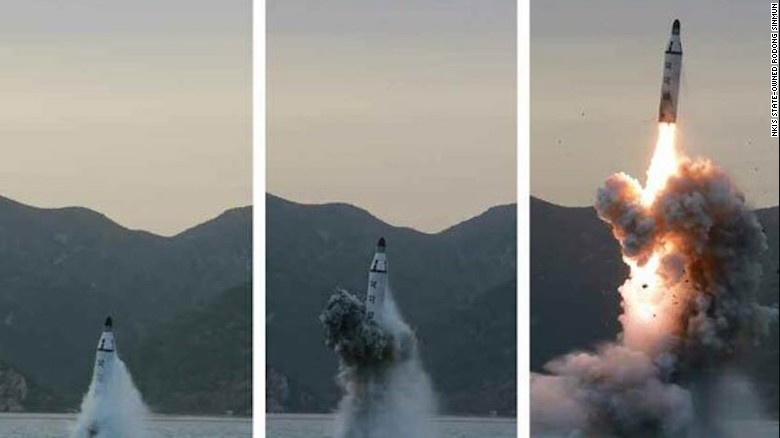by Zachary Lucas
Impunity Watch Reporter, Asia
SEOUL, South Korea — United States’ bombers flew over South Korea as a show of force to recent military actions by North Korea. This was the second time in weeks that the US and South Korea have shown military force around the tense peninsula.

Two US B-1B Lancer strategic bombers flew over South Korea as a show of force and solidarity to protect their ally on the peninsula. South Korea officials stated the supersonic bombers flew from Guam and landed at the Osan Air Base, 75 miles from the North Korean bomber. The purpose of the mission, according to South Korean officials, was to preserve peace and security on the peninsula.
This is the second time in two weeks that US bombers have flown over the peninsula. On 13 September, two bombers flew over South Korea while escorted by South Korean fighter jets. The increase in military presence by the US is in response to continued military buildup by North Korea. On 9 September, North Korea conducted its fifth nuclear test and later stated they had successfully tested a new rocket engine capable of launching satellites. North Korea did not respond to the latest show of force but previously called the 13 September show of force as “ill-famed nuclear killing tools.”
US and South Korea also announced plans to run a simulated attack on a nuclear facility. This simulation will take place starting 3 October. South Korean officials said this was not related to recent nuclear tests by North Korea. US and South Korea will also run simulations on sudden missile attacks.
China and Russia condemned the show of force and asked all sides to deescalate rising tensions on the peninsula. China objected to the US recent decision to move THAAD (Terminal High Altitude Aerial Defense) anti-missile system in South Korea. Chinese officials called on all “parties to exercise restraint and to avoid any actions that could further escalate tensions.” China did not state if they would support increased United Nations’ sanctions against North Korea to prevent nuclear testing. Russian Foreign Minister Sergei Lavrov said that using the threat of a North Korean attack to militarize was dangerous.
Following the end of World War II, the Korean peninsula split into the communist north and the democratic south. After North Korea invaded South Korea in 1950, the UN intervened to support the South Korean government. The end of the war in 1953 marked a division of the country with a demilitarized zone running across the country. Both sides remain armed along the zone, but no serious altercations have occurred since the end of the war.
For more information, please see:
CNN — South Korea, US to simulate attack on nuclear facility — 21 September 2016
Fox News — US flies bombers over South Korea again in show of force — 21 September 2016
Reuters — Russia’s Lavrov says wrong to use North Korea to militarize NE Asia — 23 September 2016